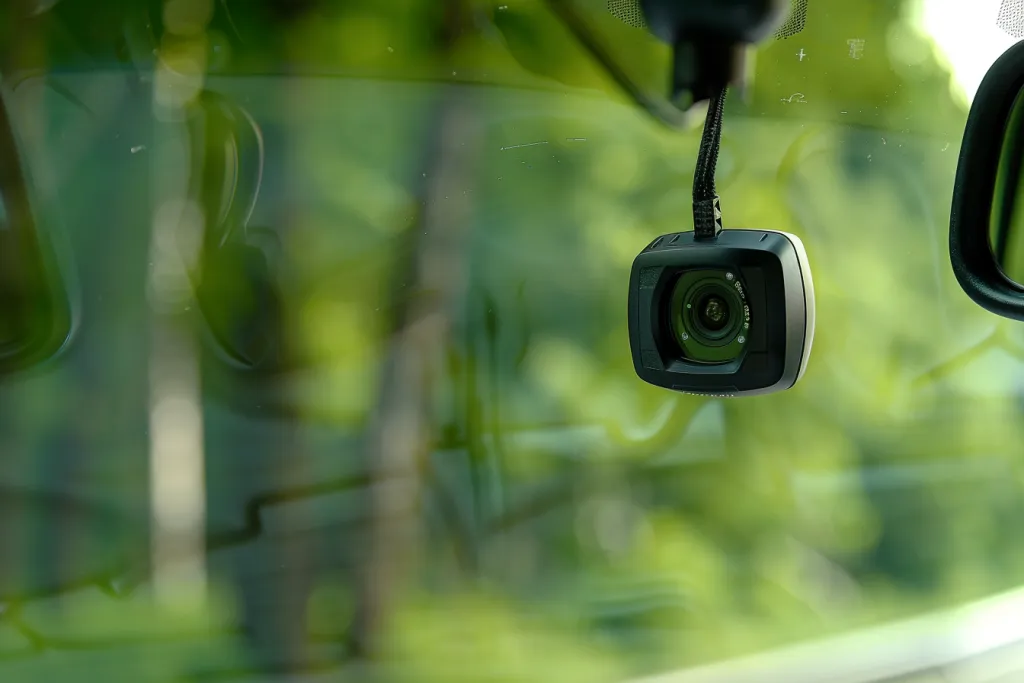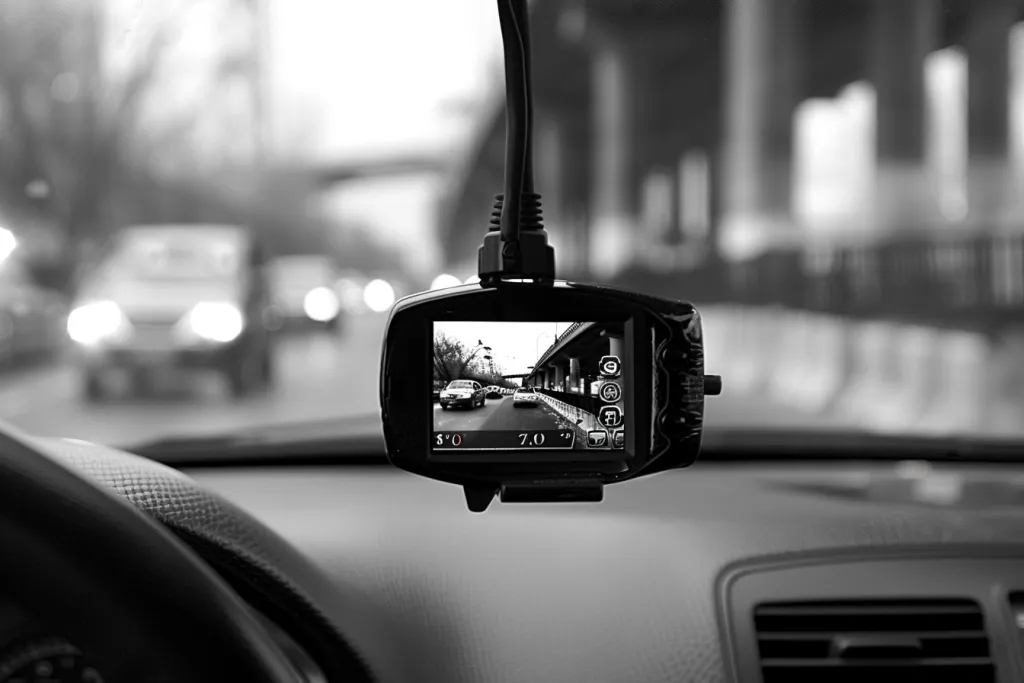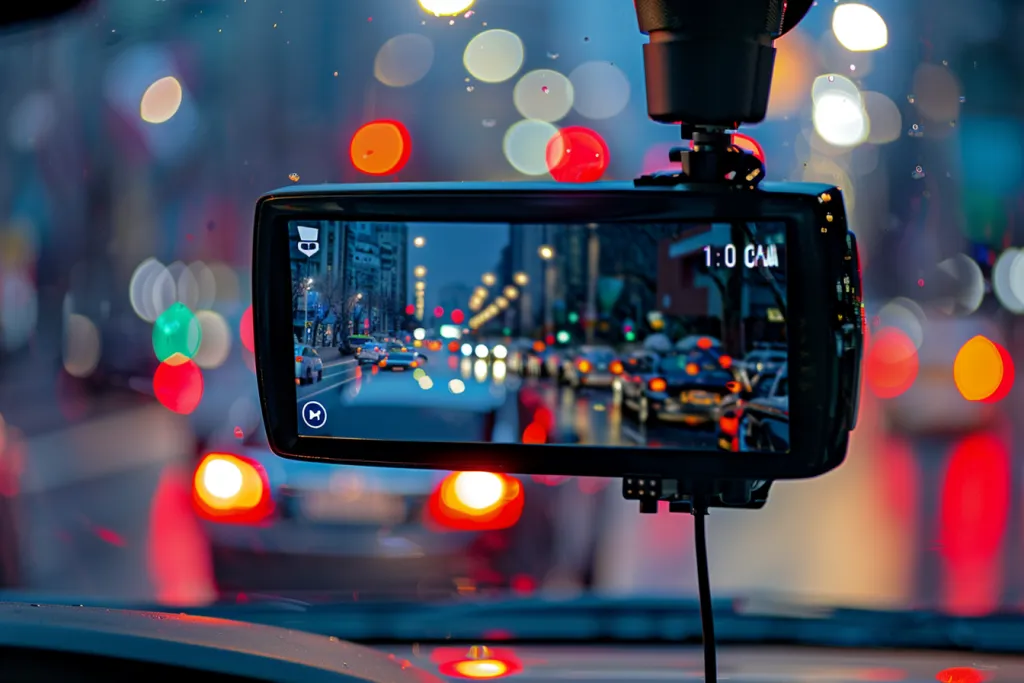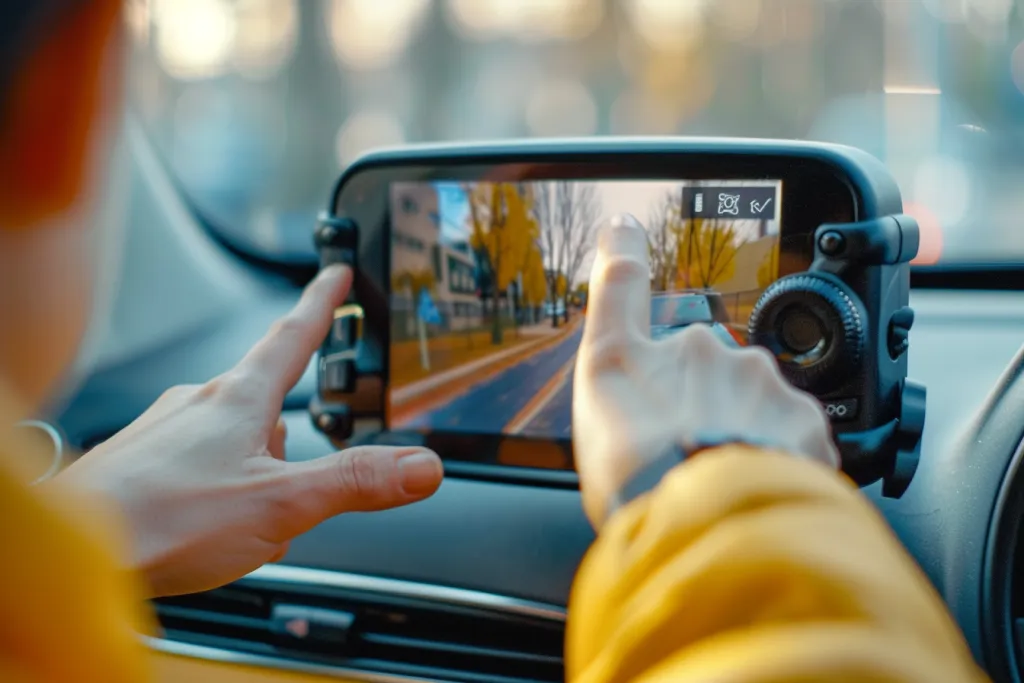In an era where technology and automobiles intertwine more closely than ever, dashboard cameras for cars have emerged as indispensable gadgets for drivers worldwide. These compact devices, mounted inside the vehicle, offer a myriad of benefits from enhancing safety to providing irrefutable evidence in the event of an accident. This article delves into the intricacies of dashboard cameras, exploring their functionality, advantages, potential drawbacks, and tips on selecting and using them effectively.
Table of Contents:
– What is a dashboard camera for cars?
– How does a dashboard camera work?
– Benefits and drawbacks of a dashboard camera
– How to choose a dashboard camera
– How to use a dashboard camera
What is a dashboard camera for cars?

A dashboard camera, commonly referred to as a dash cam, is a specialized onboard camera that continuously records the view through a vehicle’s front windscreen and sometimes rear or other windows. The primary purpose of these cameras is to capture video footage of the surroundings while driving or when parked. Initially adopted by law enforcement to record traffic stops and pursuits, dash cams have gained popularity among everyday drivers due to their myriad of benefits, including capturing evidence in the event of an accident, deterring fraudulent insurance claims, and more.
How does a dashboard camera work?

Dashboard cameras for cars are designed to be compact, unobtrusive, and easy to install. They typically attach to the windshield or dashboard through a suction cup or adhesive mount, ensuring they have a clear view of the road ahead. These cameras are powered in several ways: directly from the vehicle’s battery, via the cigarette lighter socket, or through built-in batteries, although the latter is less common due to limited recording time. Once installed and powered, dash cams record video footage onto removable storage, such as an SD card, and many models loop-record, overwriting the oldest files when the memory is full to ensure continuous recording without manual intervention.
The technological sophistication of dashboard cameras has significantly evolved, with many models now featuring high-definition video recording, wide-angle lenses, night vision capabilities, and built-in GPS systems. These GPS systems not only record the vehicle’s location but also track its speed, providing additional data that can be crucial in the event of an incident. Moreover, some dash cams come equipped with advanced driver-assistance systems (ADAS), offering features like lane departure warnings and collision detection, enhancing the overall safety and driving experience.
Benefits and drawbacks of a dashboard camera

The benefits of installing a dashboard camera in your car are manifold. Firstly, they provide concrete evidence in the event of an accident, which can be invaluable in insurance claims and legal disputes. This footage can help to quickly resolve conflicts about the circumstances of an accident, potentially saving drivers from fraudulent claims. Additionally, the presence of a dash cam can encourage more responsible driving, as drivers are aware that their actions are being recorded.
However, there are also some drawbacks to consider. Privacy concerns arise, as continuous recording can capture sensitive information, which might be problematic if not handled correctly. Furthermore, in some jurisdictions, the use of dashboard cameras is subject to strict regulations, and drivers must be aware of these laws to avoid legal issues. Lastly, while the cost of dash cams has decreased over time, the price of high-end models with advanced features can still be a significant investment for some drivers.
How to choose a dashboard camera

Selecting the right dashboard camera for your car involves considering several key factors. Video quality is paramount; look for cameras that offer at least 1080p resolution to ensure clear, detailed footage. A wide-angle lens is also beneficial as it provides a broader view of the road, capturing more of the surroundings. Additionally, consider models with night vision capabilities to guarantee high-quality recording in low-light conditions.
Storage capacity is another critical aspect. Opt for dash cams that support high-capacity SD cards, allowing for extended recording times. Also, consider models with loop recording to avoid the hassle of manually deleting old files. For added convenience, features like GPS tracking, Wi-Fi connectivity for easy file transfer, and ADAS can significantly enhance the functionality of the dash cam, albeit often at a higher cost.
How to use a dashboard camera

Using a dashboard camera effectively requires more than just installation. First, ensure that the camera is positioned correctly; it should not obstruct the driver’s view but must have a clear view of the road. Regularly check the lens for cleanliness, as dirt or smudges can impair video quality. It’s also important to manage the storage efficiently; regularly back up important footage and format the SD card to maintain optimal performance.
Familiarize yourself with the camera’s settings and features. Adjust the settings according to your preferences and needs, such as video resolution, loop recording length, and any ADAS functionalities. Moreover, be mindful of privacy and legal considerations; inform passengers that they are being recorded if necessary and ensure that your use of a dash cam complies with local laws.
Conclusion
Dashboard cameras for cars offer a blend of safety, security, and peace of mind, making them a worthy addition to any vehicle. By understanding how they work, their benefits and potential drawbacks, and how to choose and use one effectively, drivers can make the most out of this technology. Whether it’s capturing breathtaking scenic drives or providing crucial evidence in an accident, a dashboard camera can be an invaluable companion on the road.




